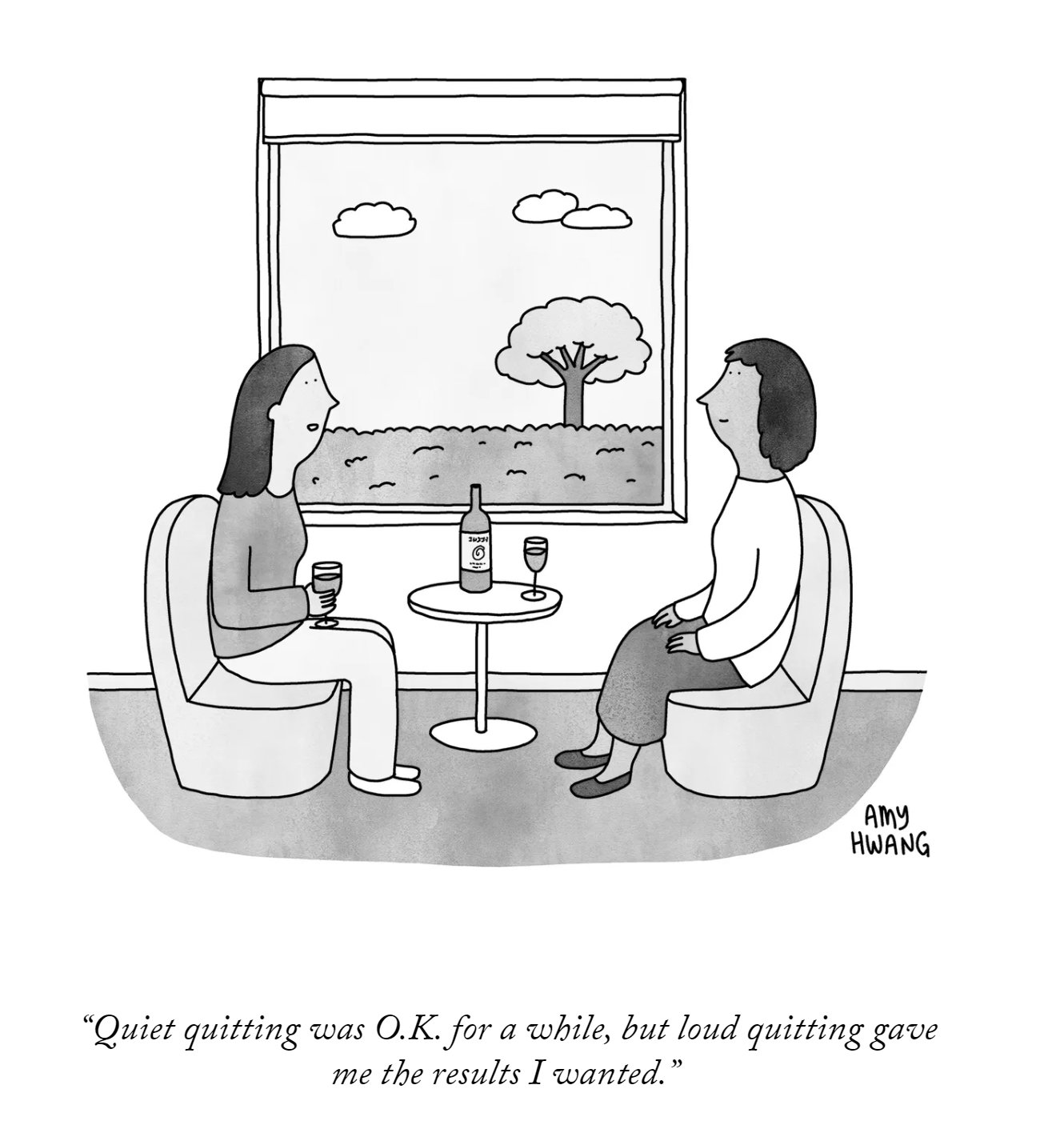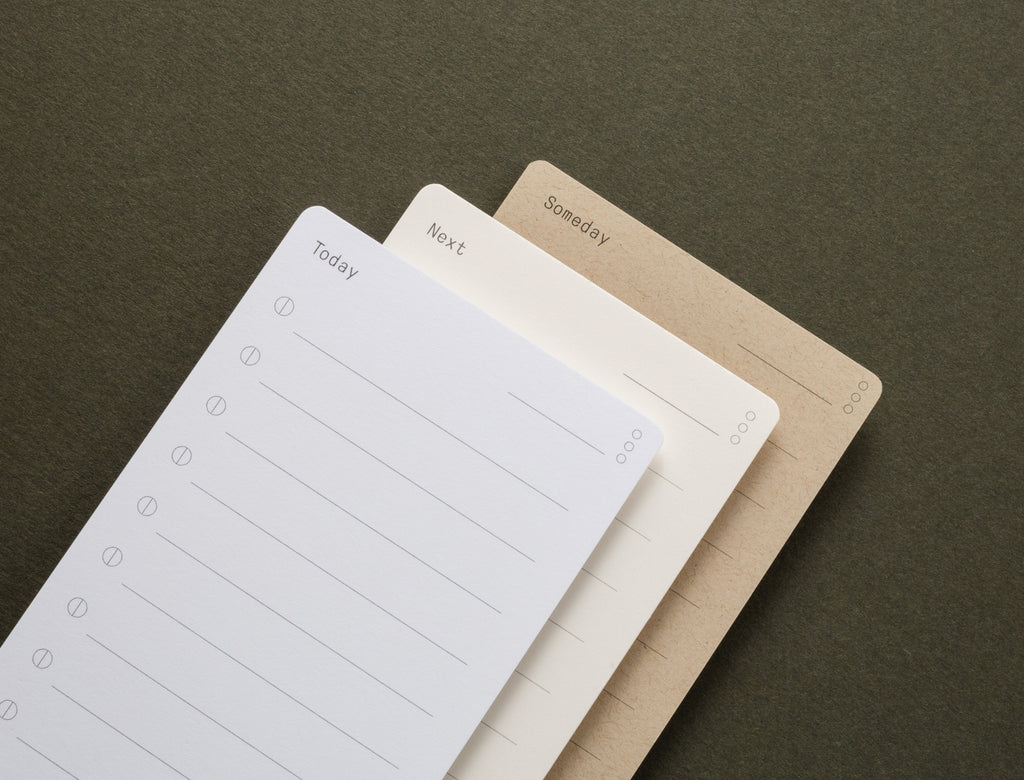 I get it: it’s Monday and you are busy. Fine. But if you need a break for any reason, then check out these 10 cool / fun /interesting / useful links:
I get it: it’s Monday and you are busy. Fine. But if you need a break for any reason, then check out these 10 cool / fun /interesting / useful links:
- Need gifts for the holidays? Of course you do. The Wirecutter has a list of the best gifts under $25. Nice.
- Not to be outdone, the web site Design Milk also has a list of the best modern gifts under 25 bucks as well. Time to go shopping.
- I still use RSS, thanks to the Feedly app. If you do too and are on the lookout for more good feeds, then check out thhe rss feed from the CBC . Long live RSS.
- As someone who was a fan of the Whole Earth review, I was happy to see it is all now online. You can check out the whole earth index here.
- Want to see Spotify top numbers? Click there and you can.
- Eras — not centuries, but eras — from now there will be two Africas. As you read this a major fault line is opening up there and a new ocean is forming in Africa along a 35 mile crack that opened up in ethiopia in 2005. Fascinating.
- This is fun. You can use this site to build your own customized pencils.
- I thought this story in the Paris Review was great: the sofa.
- This is fun: whimsical.club.
- Finally, I liked these 10 rules of being human from kottke.org.
Ok get back at it. Happy Monday!


















 Mark Dymond, a senior leader in my part of IBM, has put together
Mark Dymond, a senior leader in my part of IBM, has put together 



















